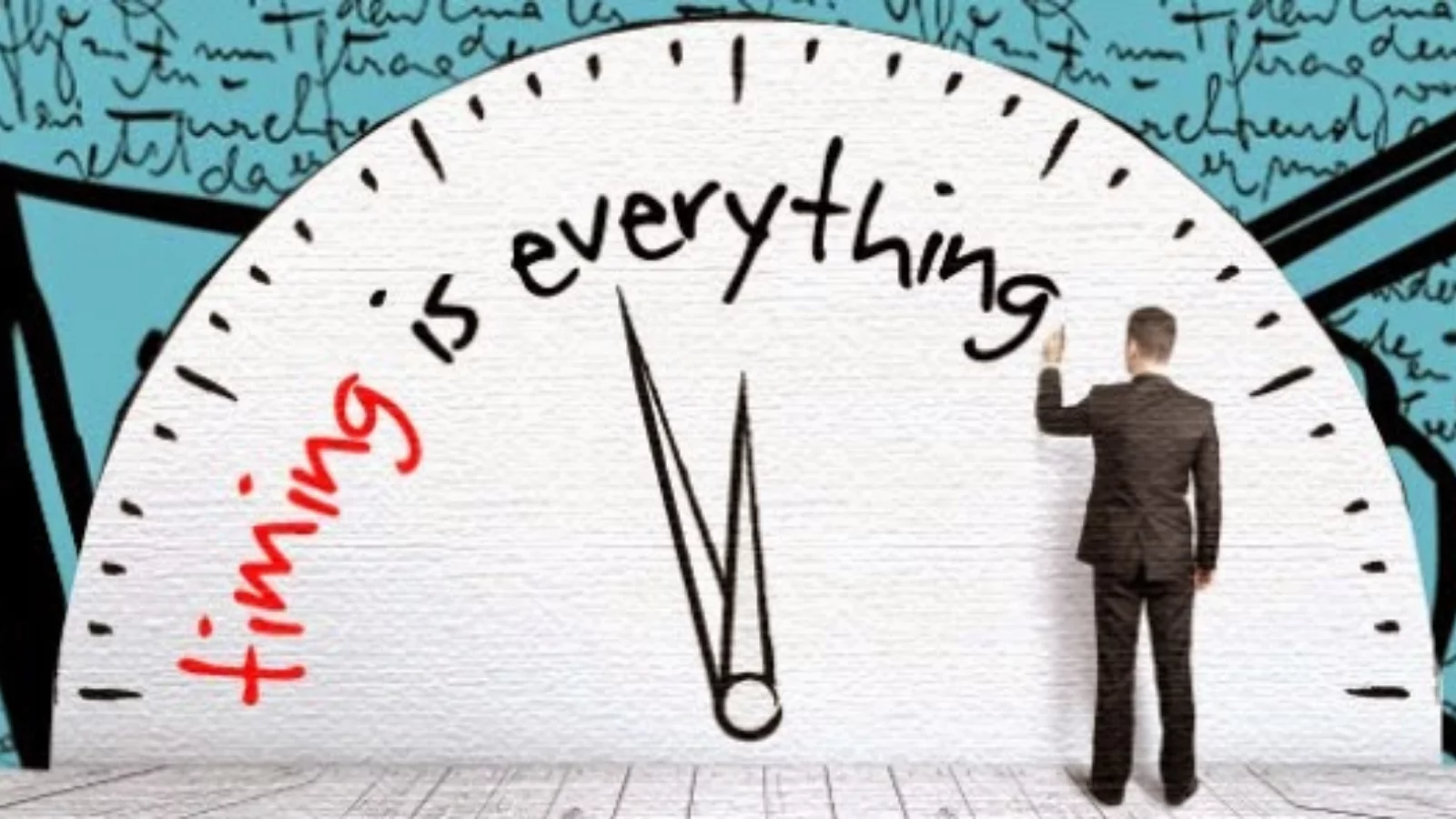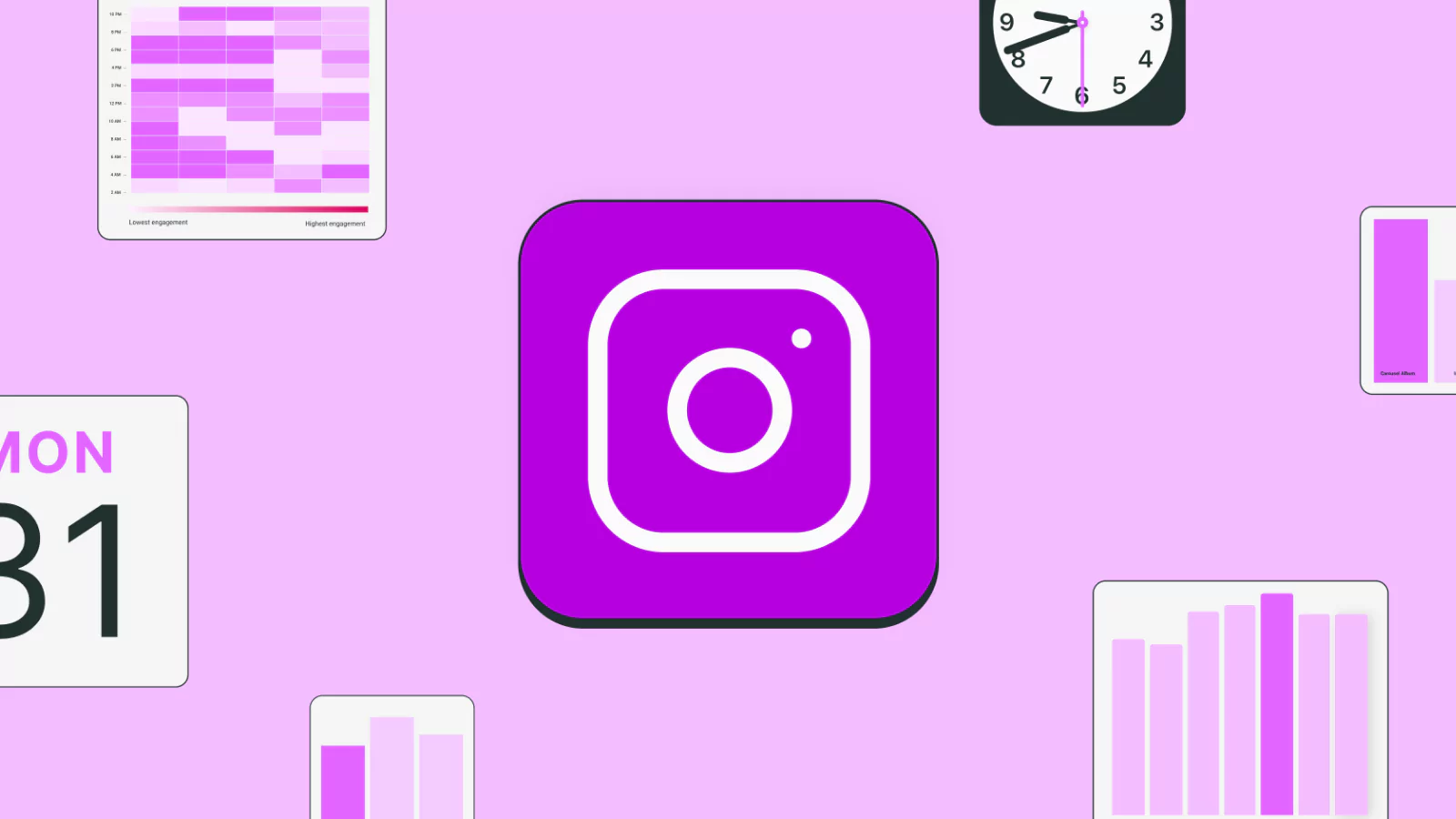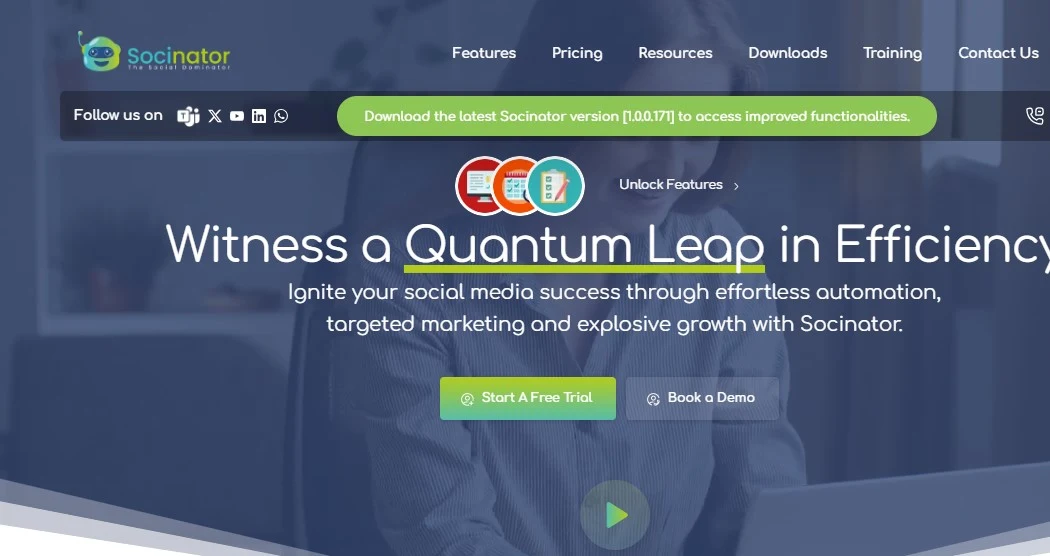
You can have a brilliant idea, a crisp caption, and a scroll-stopping visual—and still see it disappear into the noise. Timing changes everything. That’s why brands that pay attention to the best times to post on social media often get a bigger slice of attention for the same content. In this guide, you’ll get clear timing rules, platform-by-platform windows, and straightforward steps to test what works for your audience. Read on—and by the end, you’ll know what to try this week.
Before we dive in, here’s the promise: every section wraps up with a quick takeaway and a hint about what’s coming next. That keeps your planning fast and focused.
Listen To The Podcast Now!
Why Timing Matters?
 People rarely open apps at random. Most of us scroll during morning coffee, sneak peeks at lunch, tap notifications during commutes, and unwind with content before bed. Those routines create predictable patterns of attention. Social platforms, in turn, favor posts that gain quick engagement—the faster your content sparks likes, comments, or shares, the wider its reach.
People rarely open apps at random. Most of us scroll during morning coffee, sneak peeks at lunch, tap notifications during commutes, and unwind with content before bed. Those routines create predictable patterns of attention. Social platforms, in turn, favor posts that gain quick engagement—the faster your content sparks likes, comments, or shares, the wider its reach.
That’s why choosing the best time to post on social media is less about luck and more about aligning with your audience’s habits and each platform’s delivery curve.
Think of it this way: the same post published at 11 a.m. could perform twice as well as one published at 11 p.m. Simply shifting the clock makes a measurable difference.
Wrap-up & tease: Now that you see why timing changes reach, let’s move from theory to practice by exploring a few universal windows you can test this week.
Overall Best Windows
 Every platform is unique, but certain hours tend to draw more eyes than others. Across most networks, mid-mornings and early afternoons on weekdays consistently outperform late-night slots. For many brands, the sweet spot falls between 9 a.m. and 2 p.m. during workdays. Sundays, on the other hand, often show slower response rates—though testing different hours may reveal exceptions depending on your niche.
Every platform is unique, but certain hours tend to draw more eyes than others. Across most networks, mid-mornings and early afternoons on weekdays consistently outperform late-night slots. For many brands, the sweet spot falls between 9 a.m. and 2 p.m. during workdays. Sundays, on the other hand, often show slower response rates—though testing different hours may reveal exceptions depending on your niche.
For businesses aiming to connect on weekends, the best time to post on Saturday is usually late morning, when users are relaxed and casually browsing. While weekday routines are tied to work, weekends reflect leisure scrolling, which changes behavior patterns.
Use these broad insights as a baseline. From there, refine your approach by studying analytics to find personalized social media posting times that resonate with your unique audience.
Wrap-up & tease: With those broad strokes in mind, let’s break things down platform by platform, so you can schedule smarter and sharper.
Facebook remains one of the most widely used platforms, appealing to a diverse demographic. Users often check updates in the morning, catching up on news and personal posts before starting their day. Posting between 9 a.m. and noon tends to capture strong engagement, particularly during work breaks.
Interestingly, weekend mornings can also work well—especially for retail, food, and lifestyle content. This is when users lean back, browse casually, and are more open to discovering new ideas or deals.
Wrap-up & tease: If Facebook rewards early risers, Instagram tends to lean toward more visual mid-day energy. Let’s see where to place your reels and stories for maximum attention.
Instagram thrives on aesthetics and trends, and users are most active during mid-morning to early afternoon. Posts between 10 a.m. and 1 p.m. often perform well, while Reels and Stories can capture attention in the mid-afternoon lull, around 3 p.m. to 4 p.m., when people reach for a quick scroll.
Because the platform thrives on freshness, experiment with an early evening Story as well—it’s a chance to catch people after work or school. The goal isn’t to find one magic time but to discover your audience’s rhythm within the general window.
Wrap-up & tease: Instagram reflects social energy, but LinkedIn follows professional routines. Next, let’s move into the world of workplace engagement.
As a professional hub, LinkedIn’s audience is active during traditional work hours. The best time to post on social media for LinkedIn often lands between 10 a.m. and 1 p.m. on weekdays, when professionals are taking short breaks or looking for industry updates.
Recruitment content, thought leadership, and B2B announcements do especially well in these slots. Weekends, on the other hand, usually see minimal activity—people disconnect from work-related content then.
Wrap-up & tease: From workplace insights to personal inspiration—next, let’s explore Pinterest, where people gather ideas for everything from recipes to home décor.
Pinterest is more than just a social platform—it’s a visual search engine. Users browse for project ideas, inspiration, and shopping lists. Midday, around 1 p.m., is a reliable slot, as many people scroll for ideas during lunch breaks.
If your brand thrives on seasonal campaigns, holidays, or DIY content, test posting pins around these midday peaks. Users tend to collect ideas when they have downtime, making it an ideal moment to inspire them.
Wrap-up & tease: While Pinterest users plan, TikTok audiences live in the moment. Let’s look at timing for viral short-form videos.
TikTok
TikTok’s addictive feed means audiences stay engaged for longer stretches, but patterns still matter. Posting between noon and early evening works well, capturing school breaks and post-work leisure hours. This 12 p.m.–5 p.m. block is particularly effective for trending challenges, music clips, and product demos.
Because TikTok thrives on speed, consistency is crucial. Schedule posts regularly within these windows and track which hours trigger the most immediate engagement.
Wrap-up & tease: TikTok feeds off trends, but X (Twitter) thrives on live conversations. Up next: the timing sweet spot for real-time updates.
X (Twitter)
On X, timing is tied closely to news and conversations. Midday spikes—between 9 a.m. and 2 p.m.—align with when most users check headlines and updates. Posts during this time are more likely to join trending discussions and get shared quickly.
If your strategy relies on real-time commentary, such as event coverage or quick reactions, make these midday hours a priority.
Wrap-up & tease: For content with a longer shelf life, like videos, YouTube operates differently. Let’s see how timing works for that platform.
YouTube
Unlike the instant nature of X or TikTok, YouTube rewards consistent publishing over weeks and months. Afternoon uploads—around 1 p.m.—perform best, giving videos time to gain traction as viewers log in after lunch or during the early evening.
Longer content benefits from a regular cadence. Pick a weekday and time, stick to it, and teach your audience when to expect new uploads. Consistency builds loyalty as much as quality does.
For creators and businesses, managing this consistency across multiple platforms can feel overwhelming. That’s where automation tools like Socinator provided by Globussoft, quietly step in—helping you schedule, post, and maintain a reliable presence without burning out. By automating the process, you free up time to focus on crafting content that truly connects with your audience while still posting at the best times to post on social media.
How Globussoft Provides Smarter SaaS Solution To Boost Your Social Media?
Globussoft is a SaaS company recognized for creating automation-driven tools that simplify modern marketing workflows. From content scheduling to audience engagement, its solutions are designed to save time, boost efficiency, and enhance brand visibility. Whether you’re managing daily posts or running campaigns across multiple platforms, Globussoft provides tools that adapt to the pace of today’s social media landscape.
One of its most impactful solutions is Socinator, often called the “social dominator” because of its powerful automation capabilities tailored for businesses, influencers, and agencies.
Smarter Social Media Management With Socinator
 Socinator helps marketers and teams streamline their efforts by automating repetitive social media tasks while still keeping things personalized. It’s built for those who want to stay consistent, grow their reach, and manage multiple accounts without burning out.
Socinator helps marketers and teams streamline their efforts by automating repetitive social media tasks while still keeping things personalized. It’s built for those who want to stay consistent, grow their reach, and manage multiple accounts without burning out.
With Socinator, you can:
- Schedule posts across platforms like Facebook, Instagram, LinkedIn, Twitter, Pinterest, and more—all from a single dashboard.
- Automate routine tasks such as liking, following, commenting, and direct messaging to boost engagement.
- Gain insights into audience activity so you know the best times to post on social media for maximum impact.
- Manage multiple accounts efficiently while ensuring consistent branding and messaging.
- Save hours of manual effort each week, freeing you to focus on strategy and creativity.
By integrating Socinator into your workflow, you can maintain a strong, active presence online without the constant struggle of manual updates. It gives businesses and creators the tools they need to stay visible, consistent, and effective in their social media strategies.
Conclusion
Finding the best times to post on social media is never a one-size-fits-all formula. While data gives a strong foundation, the real key lies in observing your audience, testing different posting windows, and refining your strategy based on engagement. The consistency of showing up when your audience is most active not only improves visibility but also builds stronger connections over time.
As platforms evolve and user behavior shifts, staying flexible ensures that you continue reaching people when they’re ready to listen. The best times to post on social media today may not be the same six months from now, which is why keeping an eye on analytics is essential.
In the end, the best times to post on social media are those that balance platform insights with your audience’s unique habits. When you combine timing with meaningful content and the right tools, you’ll have everything you need to grow steadily and keep your brand at the top of your followers’ minds.



